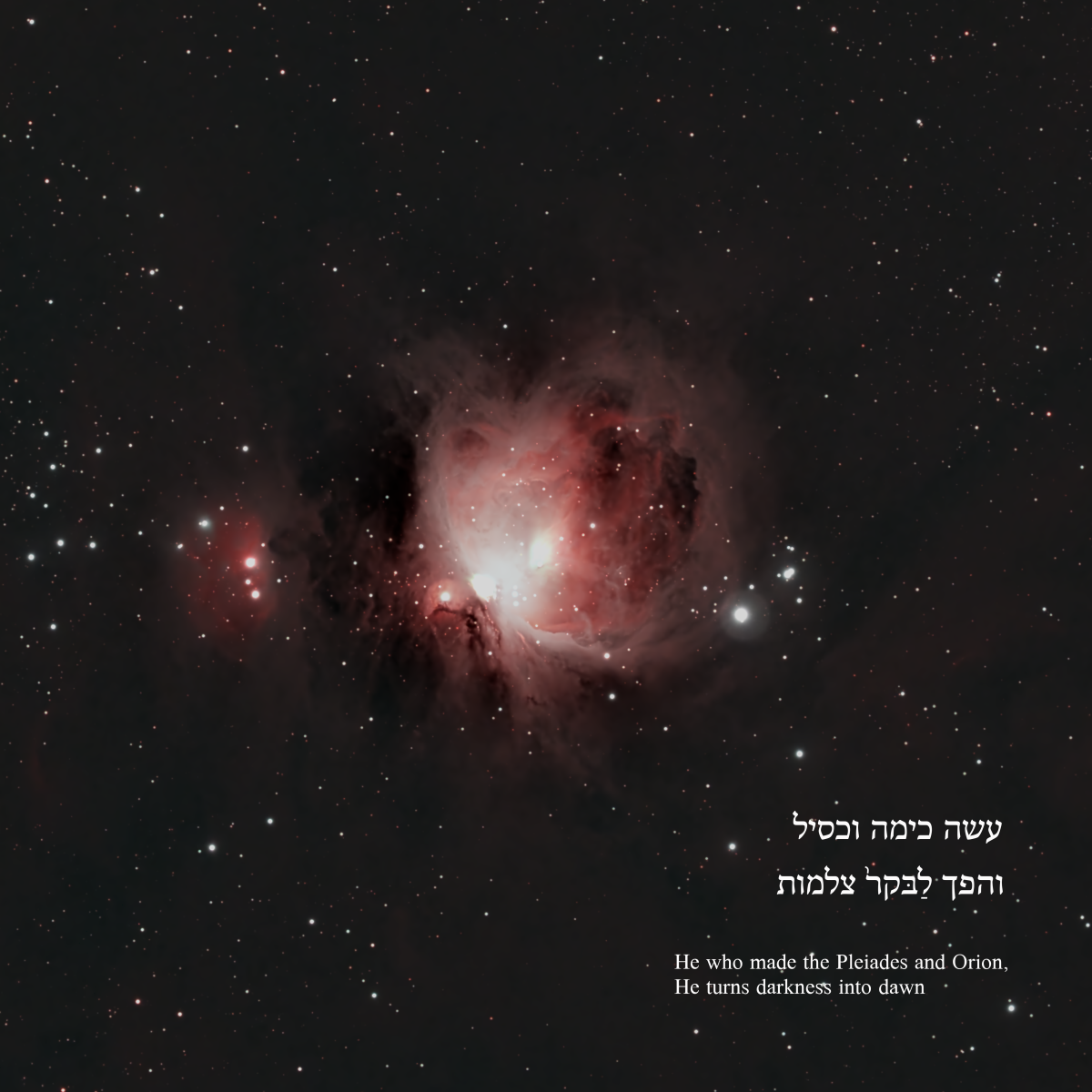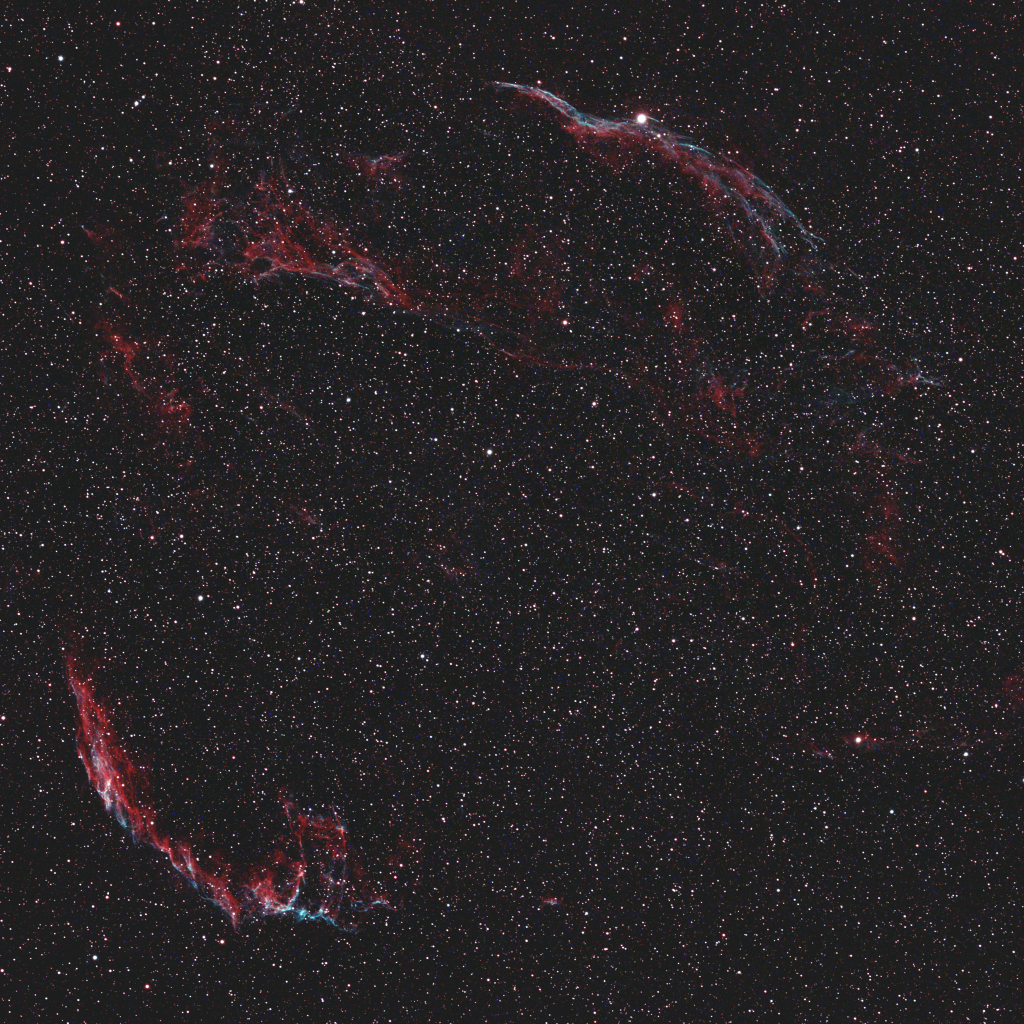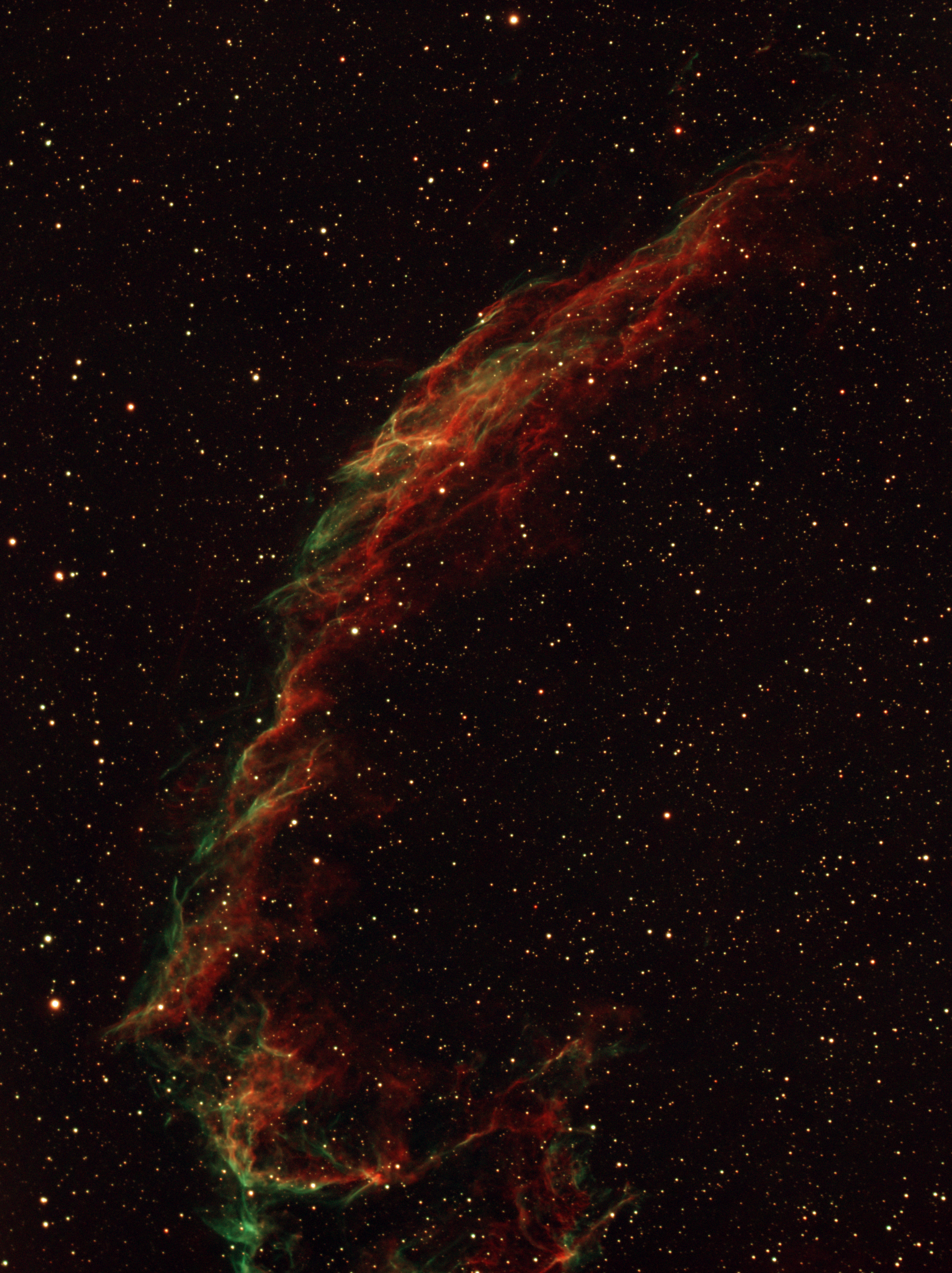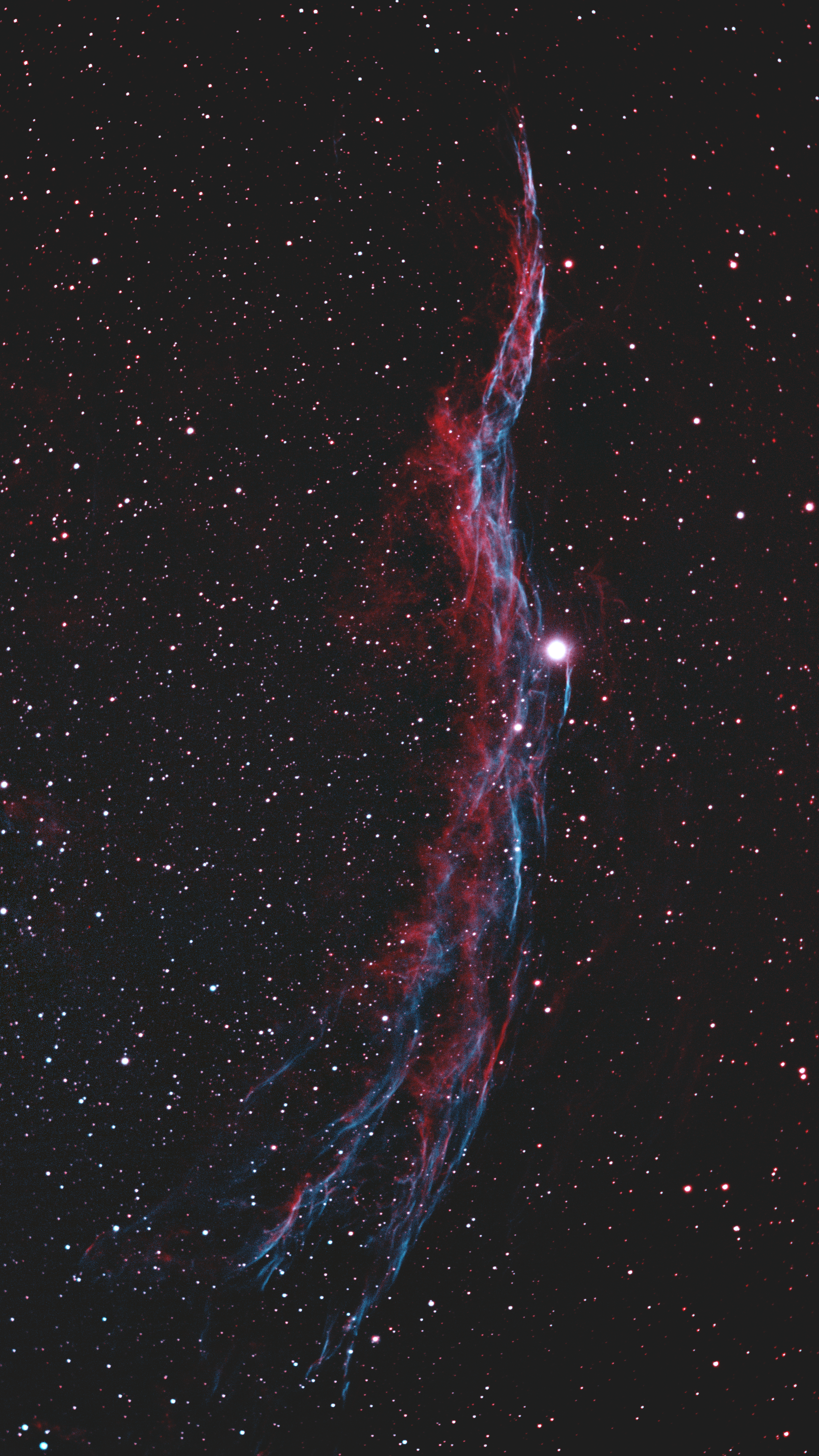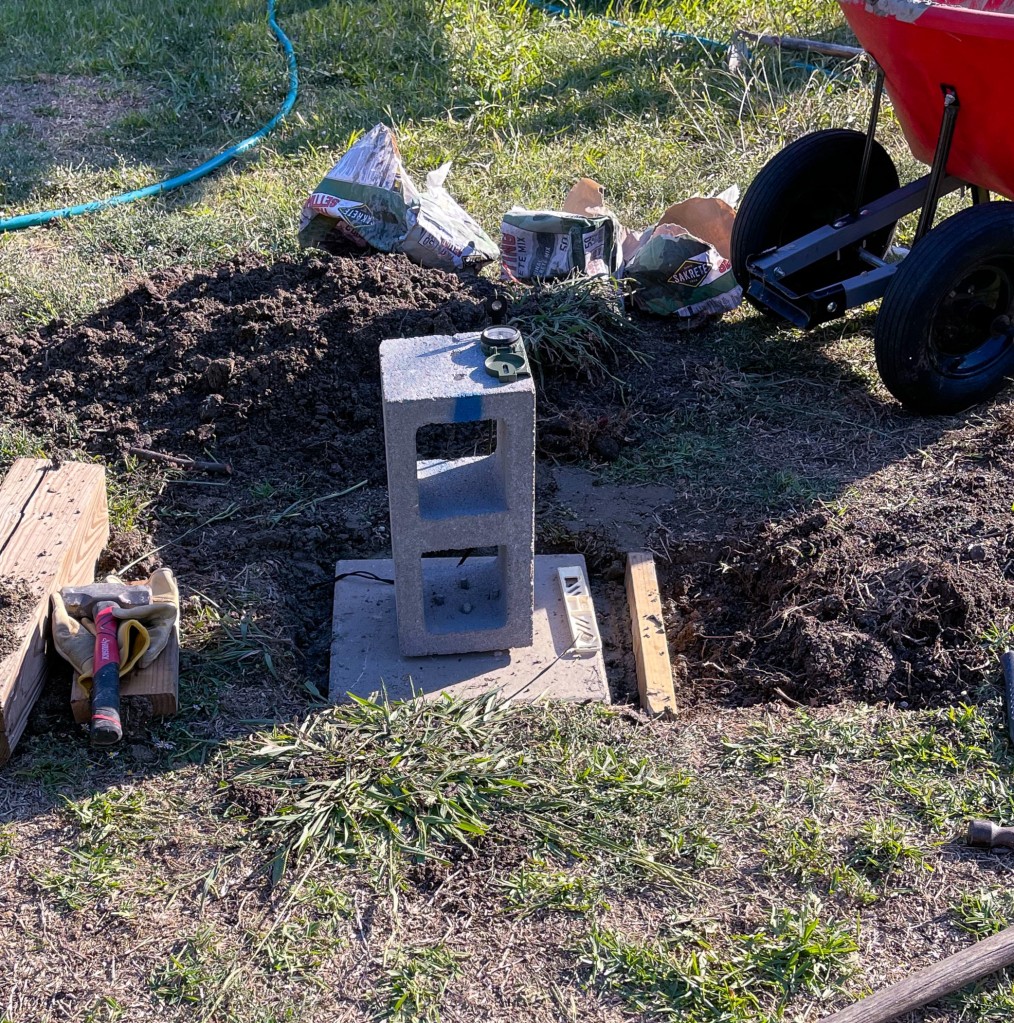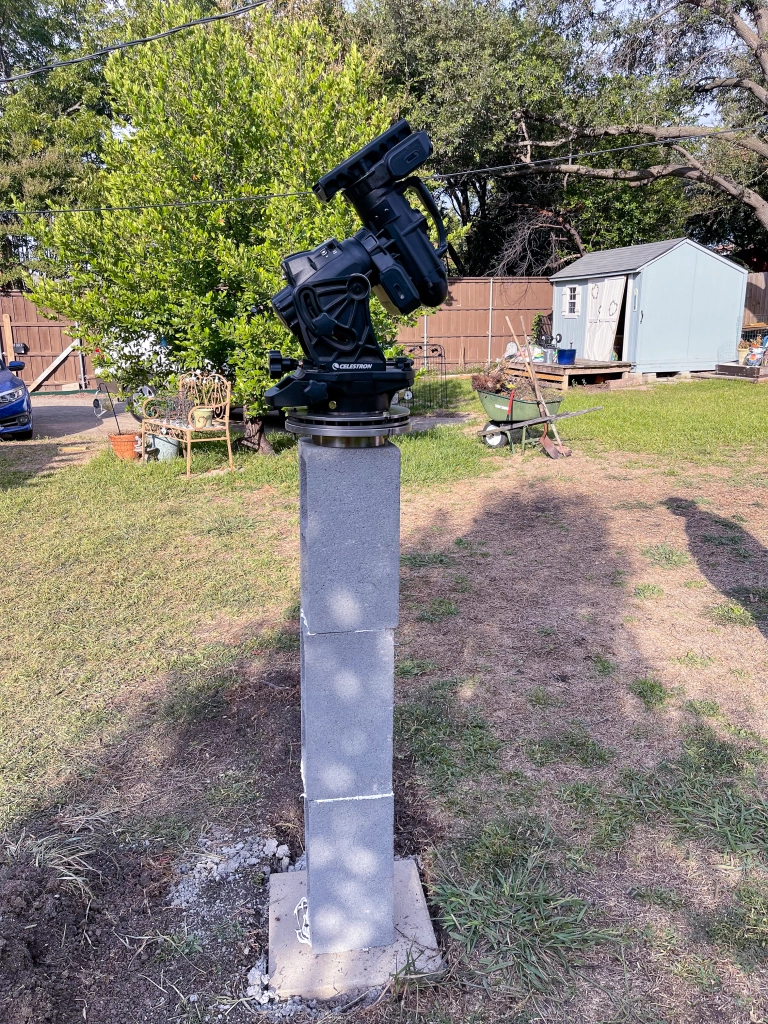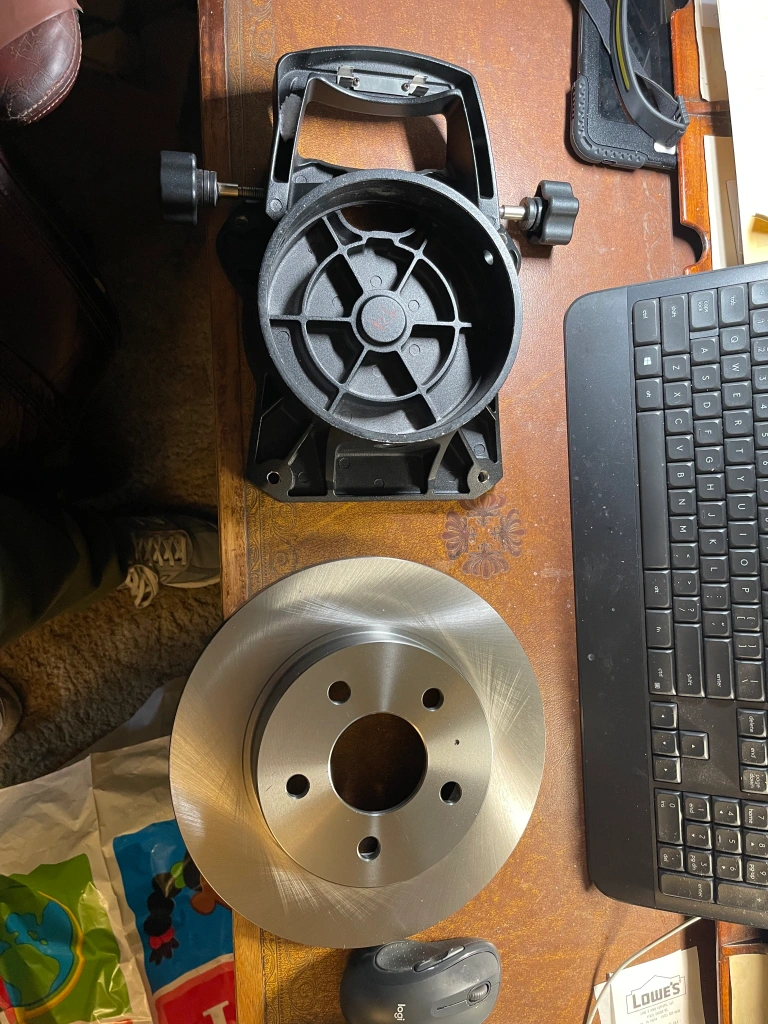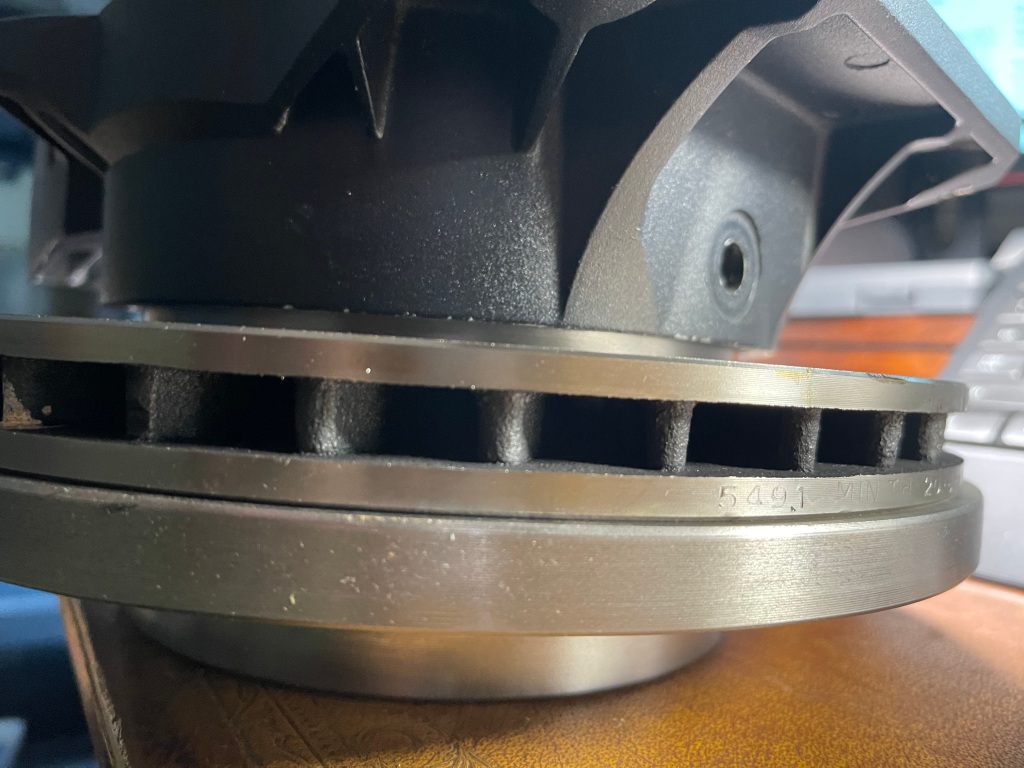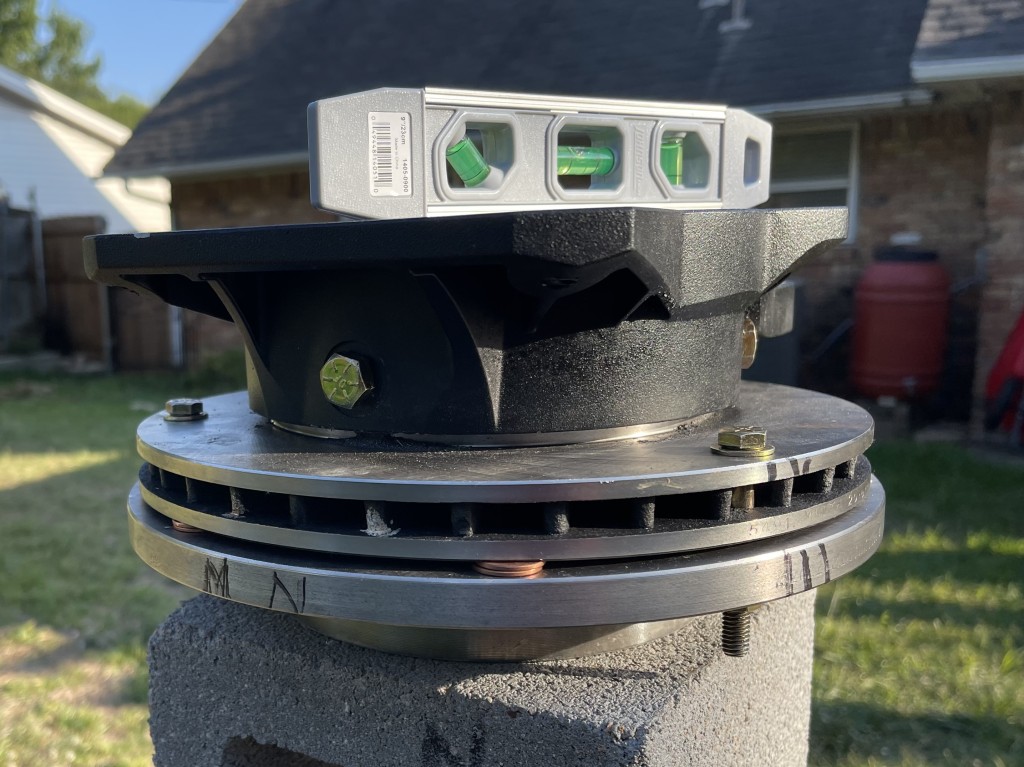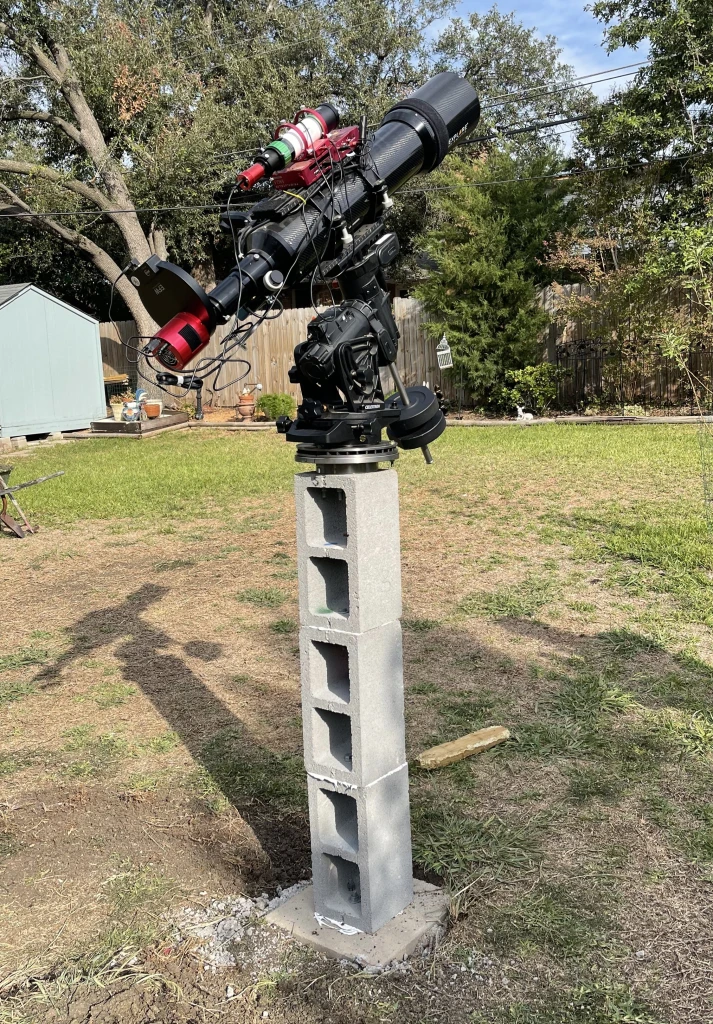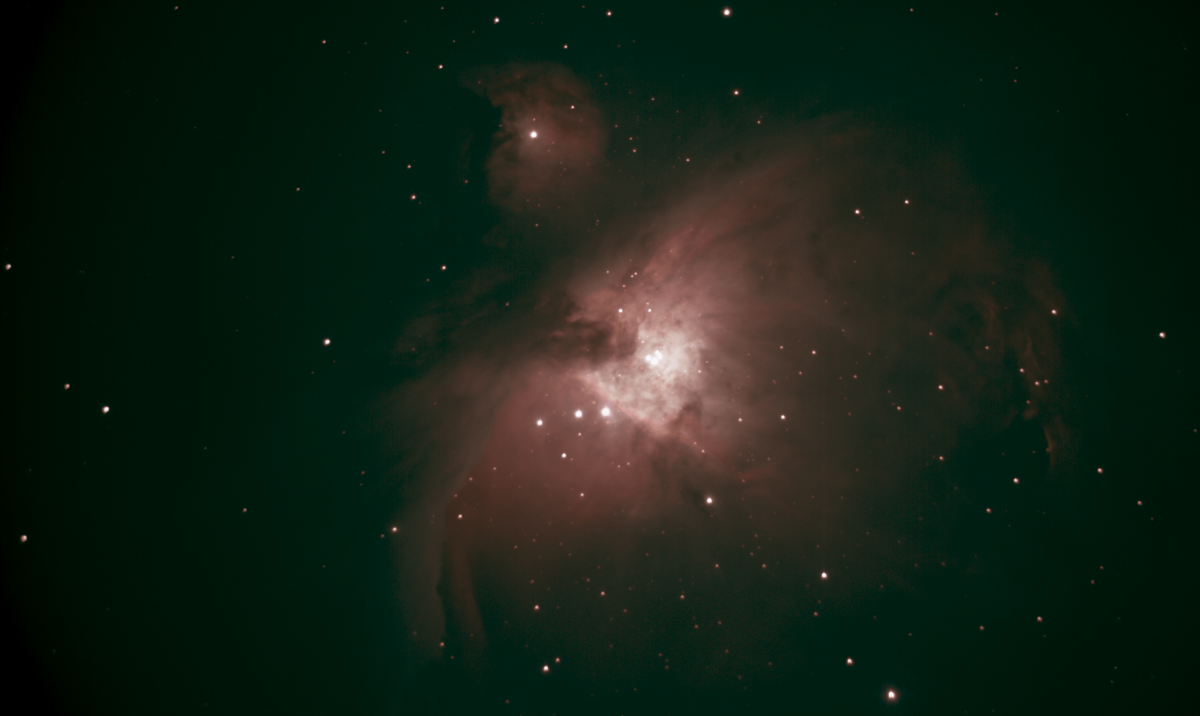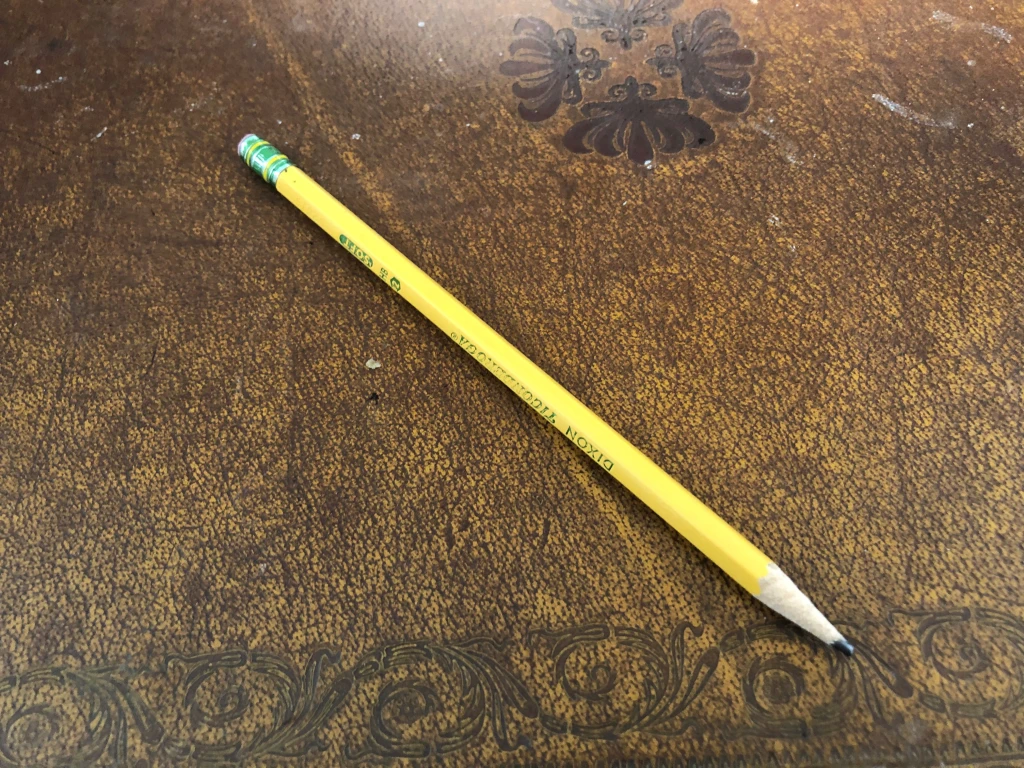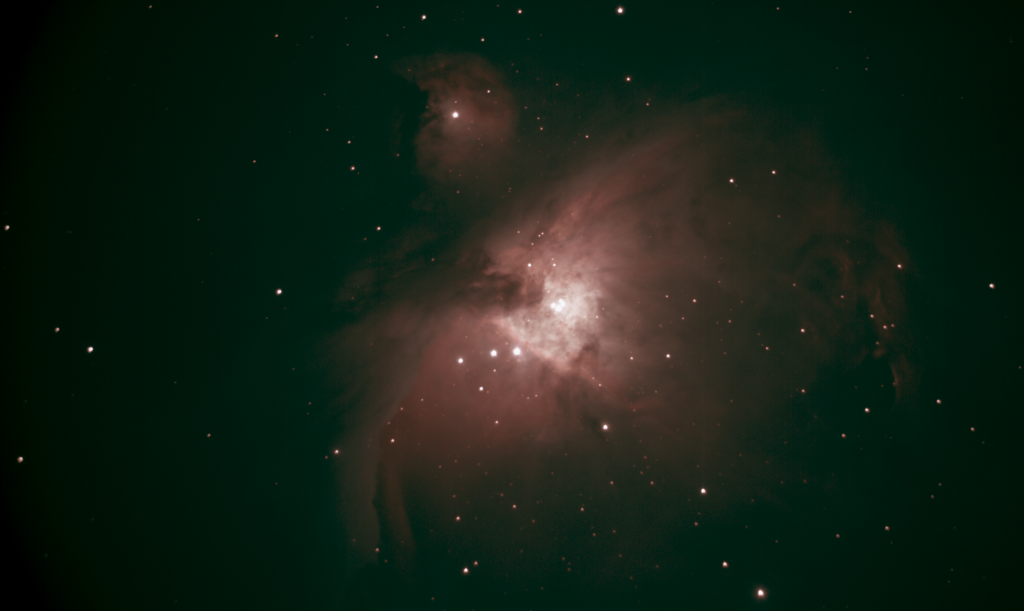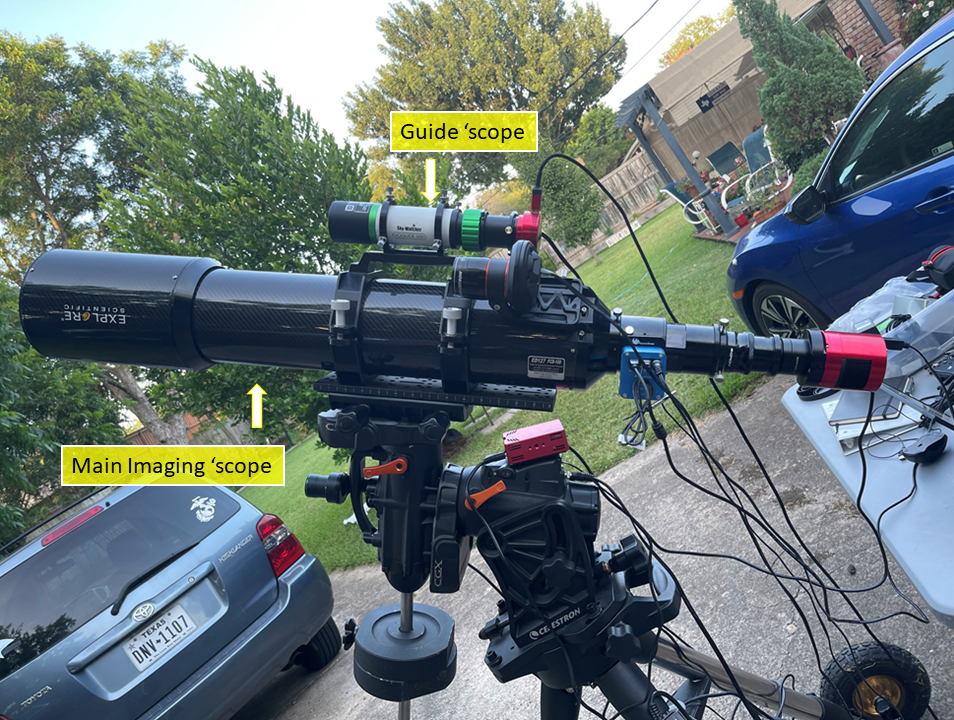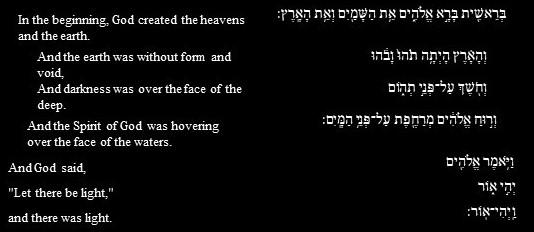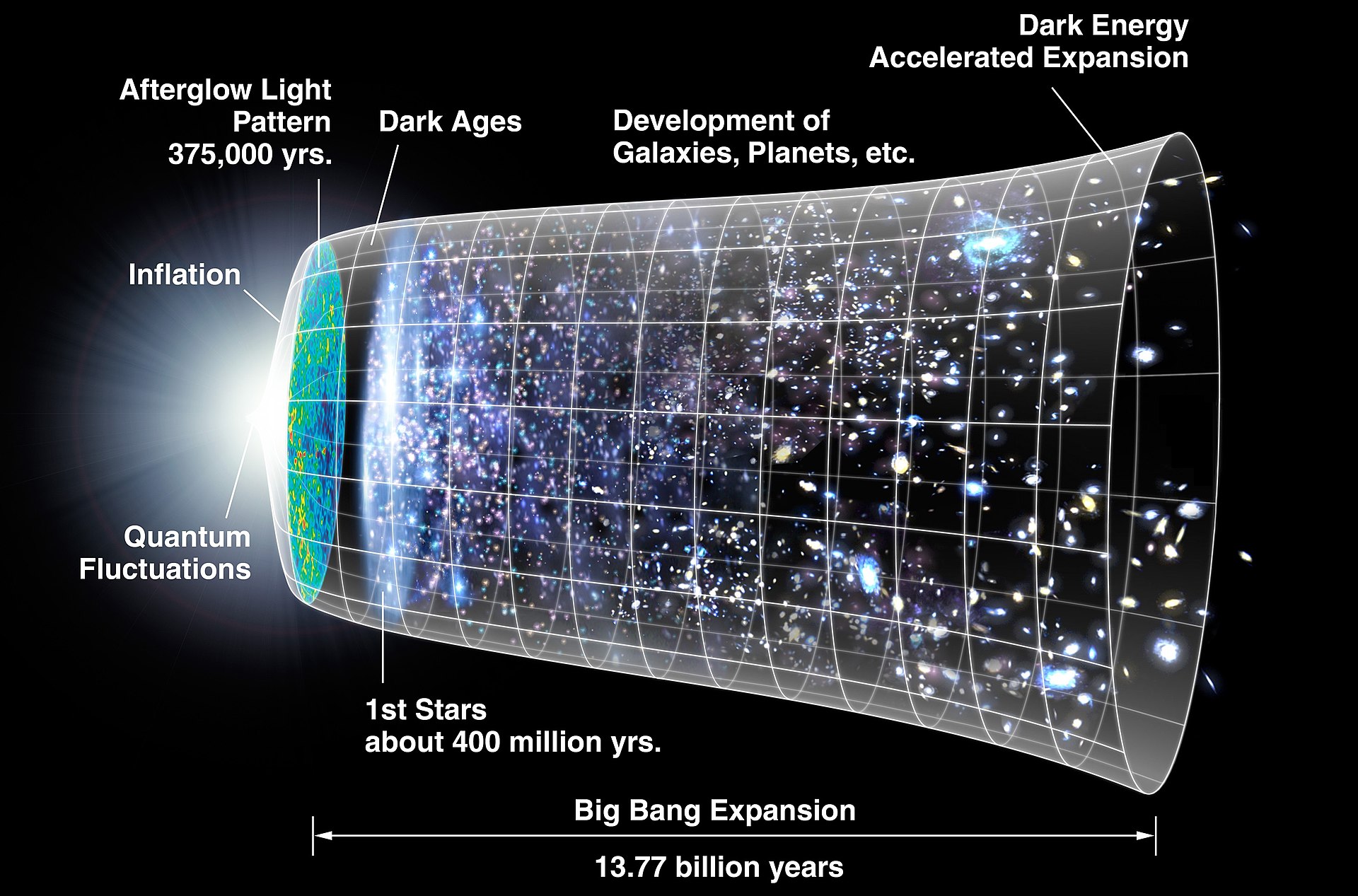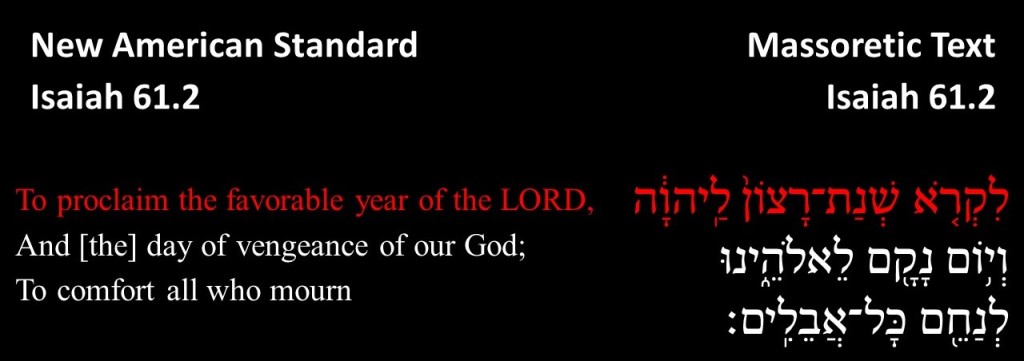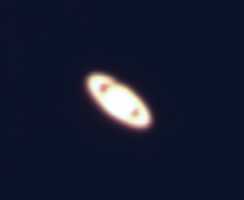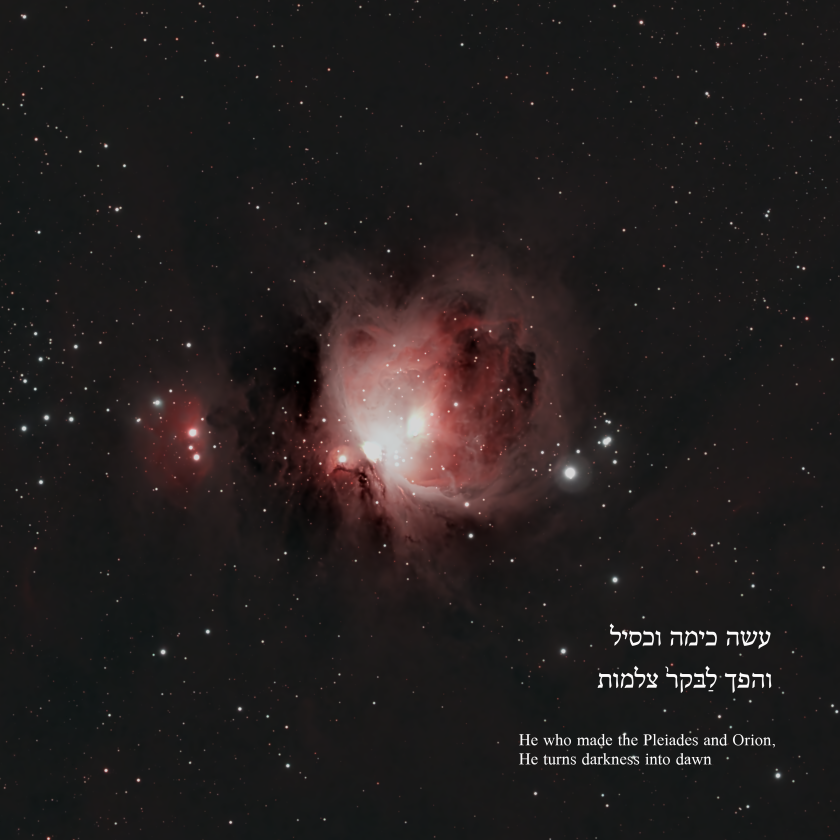
Are you strong enough to bind the chains of Pleiades?Or the Belt of Orion to loosen? Job 38.31
As I have gotten into the hobby and art of astrophotography, it was very interesting to me when I recognized that some of the constellations and figures of the night sky are mentioned in Scripture. In our English translations we find mention in the book of Job the Bear, Orion, and Pleiades. So too in the book of Amos. Here are the verses –
Job 9.9 [Job speaking] He who makes the Bear, Orion, and Pleiades and the chambers of the south Job 38.31 [the LORD speaking] Can you bind the chains of Pleiades or loose the cords of Orion?
Amos 5.8 He who makes the Pleiades and Orion, turns the darkness to morning
In Hebrew, the word used to refer to the constellation we know as Pleiades is kiymah (כִימָה) and we get our English word from the Greek word pleiados (Πλειάδος).
The Hebrew the word used to refer to the constellation we know as Orion is kǝsiyl (כְסִיל) and we get our English word from the Greek word ōriōnos (Ὠρίωνος).
A former student of mine asked how Scripture came to name heavenly structures that bear Greek names. My brief research (Wikipedia) indicates that the Scriptural references are among the oldest, if not the oldest, in ancient literature. What is found in the Hebrew writings predates the writings of the Greeks. Knowing this and knowing also, that beginning at about 250 B.C. the Hebrew Scriptures were begun to be translated into Greek to help with the collection of books in the ancient library at Alexandria, it was easy for me to imagine the translation process. When the Jewish elder got to these passages, I imagine that he queried his Greek assistant and, pointing to the night sky asked, “See that group of stars there? What do you call them in Greek?” So, from the Hebrew word to the Greek word and then on to English which has since, the time of the Greeks, retained the Greek names.
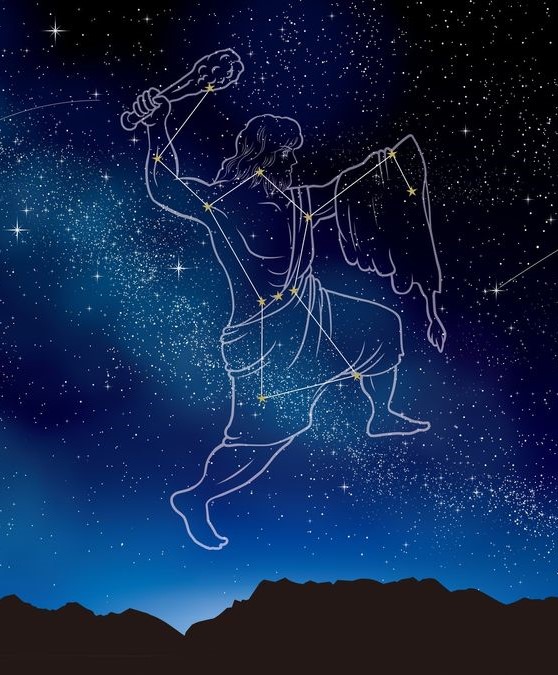
The Orion constellation is visible in the southern sky in the northern hemisphere in the winter months at night. As I write this from Dallas, Texas, in mid March it is moving closer to the sunset earlier and earlier each night so as to disappear from viewing in late April. It will reappear in the eastern night sky at the end of December. It is one of the most easily recognized constellations because the three most prominent stars that make up the belt of Orion – Alnitak (Arabicالنطاق an-niṭāq, the girdle 1,200 light years distance), Alnilam (Arabic النظام al-niẓām the arrangement/string, 2,000 light years distance), and Mintaka (Arabic term for ‘belt’: منطقة manṭaqa – 1200 light years distance). Below the belt or to the right of it, depending on the time of the night, can be found one of the prominent structures, the Orion Nebulas (M-42 in the Messier Catalog). It is perhaps the most popular structure in the night sky to view and to photograph. This post has at its head my most recent photo of it. It is really stunning the first time you see it and photograph it through a telescope.
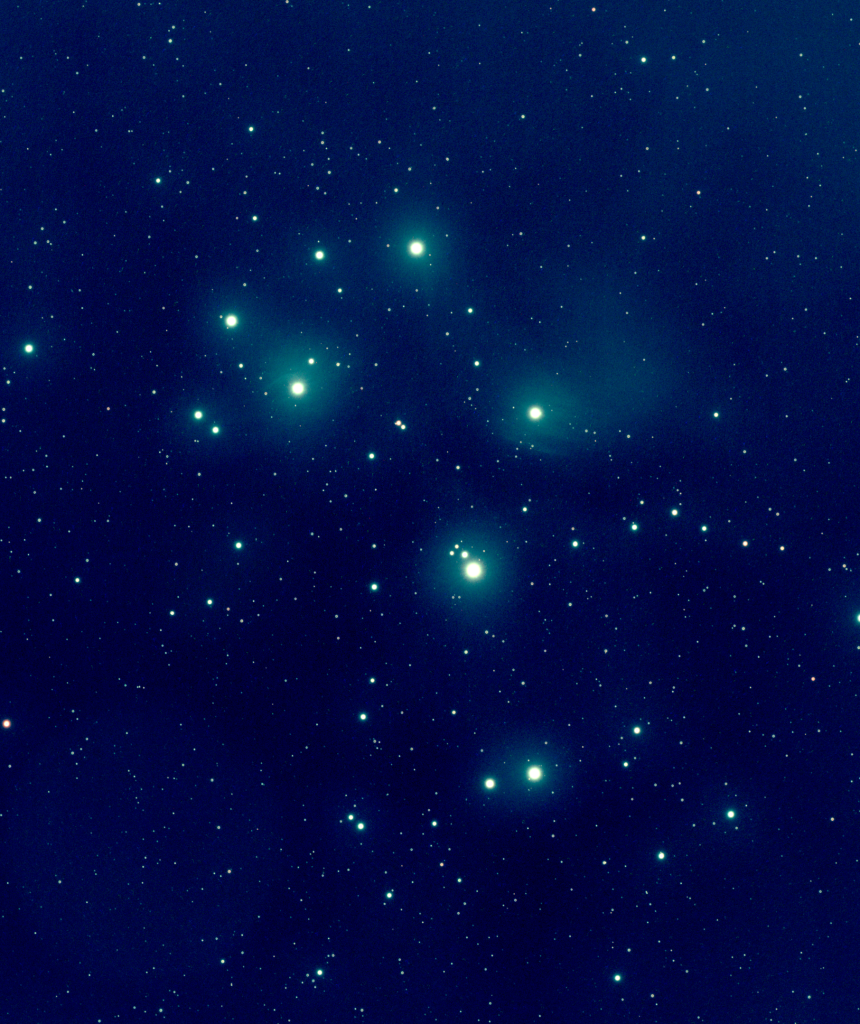
Pleiades is not so much a constellation as a star cluster. It appears at about the same time as Orion. Wikipedia notes this about the Greek name, “The name of the Pleiades comes from Ancient Greek: Πλειάδες. It probably derives from plein (“to sail”) because of the cluster’s importance in delimiting the sailing season in the Mediterranean Sea: “the season of navigation began with their heliacal rising”. However, in mythology the name was used for the Pleiades, seven divine sisters, the name supposedly deriving from that of their mother Pleione and effectively meaning “daughters of Pleione”. In reality, the name of the star cluster almost certainly came first, and Pleione was invented to explain it.” (https://en.wikipedia.org/wiki/Pleiades). The most prominent stars that make up the cluster are about 350 to 450 light years distance.
As noted in the text, the incomprehensible power and majesty of the LORD God that the writers of Job and Amos recognized was illustrated by their references to the fabulous constellations and star clusters that they mentioned. So does Paul to the Romans in chapter 1 of his letter to the Romans. Their point is a contrast to the absolute feebleness of man and his inability to answer or stand in judgement of the words or actions of the LORD.
Interestingly enough, the narrative in Job concerns this. Unknown to Job or his friends what was happening to Job was beyond their knowledge or understanding. Job’s friends put forth the charge that Job must have done something wrong for such calamities and evils to befall him and each of them in their turn tried to convince him of that. But Job knew that he had done nothing that would be considered a violation of God’s ways or justice. He felt that he was righteous in his living. Indeed, in Ezekiel 14.14 and 14.20, Job is named as one of the three righteous men in the earth, Noah and Daniel, Ezekiel’s contemporary, being the other two.
And, in a way, this addresses the great question of theodicy that has been debated for millennia – how to reconcile a good God with the presence of evil. In the case of Job, the answer is that God permits evil things for his own purposes, reasons of which we have no real idea, and, more importantly, no real right or power to question. Our response should ever be a recognition that we are creatures and not the creator and completely unable to comprehend the ways and purposes of God, but, at the same time, recognize the we are his creation and what happens to us at his hands he is in total control and has our best interest in mind when things happen to us. Will we know that in this lifetime? The answer from Job is “probably not,” but I am convinced that as we cross the river into his presence we will know completely. I am also of the opinion, and some of this from personal hardship, that he will sustain us through what comes our way, and like Job I will say, “though he slay me, I will hope in him” and like the three companions of Daniel, when faced with the fiery furnace and a horrible death, told to Nebuchadnezzar, “even if God does not deliver us from death in your fiery furnace we will still obey and trust him.”
And, in all of this, there is a lesson from Amos when he recognizes the power of the LORD to “turn darkness into morning.” So too we can recognize the LORD can also turn the darknesses that we encounter in our lives into mornings of blessing, joy, and rejoicing! The power to control celestial objects and events also is turned by our loving Lord into healing and joy.

